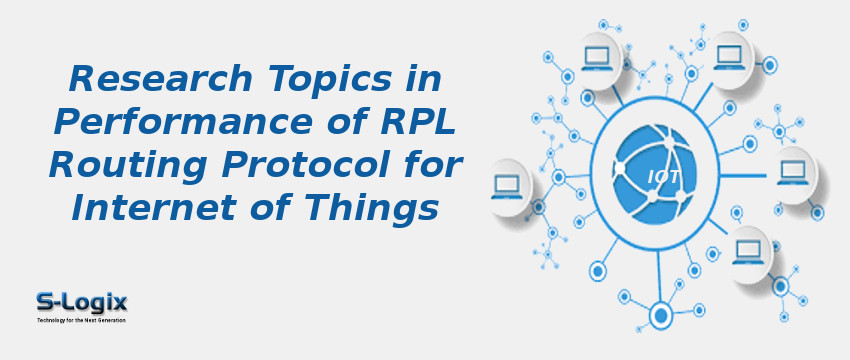The RPL routing protocol is used in diverse IoT application scenarios like smart grid, healthcare, smart agriculture, smart home automation, and automated vehicular system. Hence, the performance of the RPL routing protocols mainly depends on the selection criteria of the Objective Functions (OFs). The RPL routing performance is high in static IoT scenarios compared with mobile IoT scenarios. It is caused due to the frequent link breakages of highly mobile nodes. The OFs in RPL explore the distance computation in path construction. There are two default OF implementations applied in RPL, namely OF0 and MRHOF. However, these OFs construct the network topologies, where the nodes nearer to the root node are affected by unbalanced traffic load and increased control packets. It is a major problem in the existing OFs used in RPL because it degrades the network performance and decreases its lifetime. It tends to energy inefficient routing over IoT. In basic RPL, there is no possibility to switch the position to preferred parent nodes and to balance the load between them. Moreover, it is essential to reduce the control packet overhead and improve the network lifetime.
